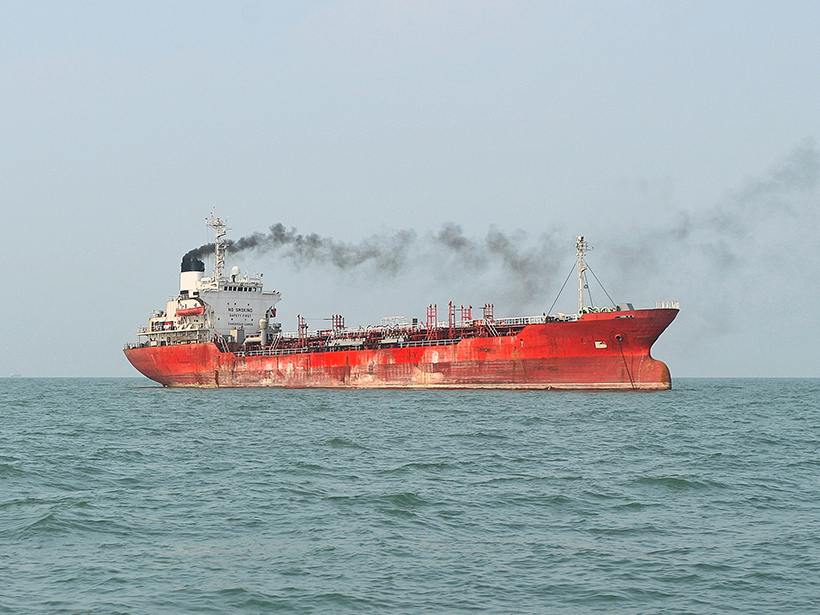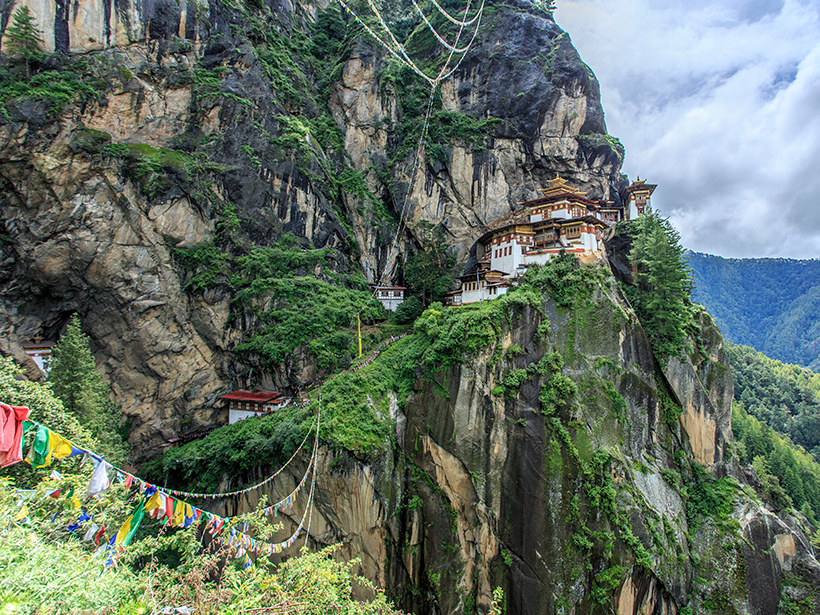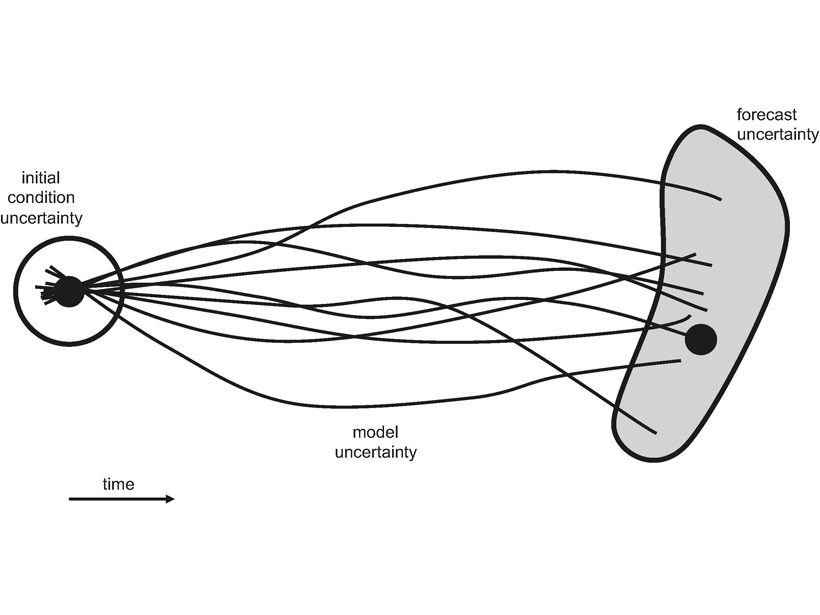NASA Workshop on Remote Sensing of Inundation Extent; Boulder, Colorado, 21–22 May 2018
Hazards & Disasters
Brown Carbon from Increased Shipping Could Harm Arctic Ice
Emission from a ship’s engine gives clues to how much light-absorbing molecules may build up on and above snow and sea ice. Such emissions are likely to increase as more ships venture into the Arctic.
Radar Data Highlights Areas Damaged by Wildfire and Debris Flows
Synthetic aperture radar data post-processing can be used to analyze changes in the landscape, providing a useful tool for disaster response.
Bhutan Earthquake Opens Doors to Geophysical Studies
A multinational research team discovered an underestimated earthquake hazard during their 7-year exploration of the unique geodynamics of the eastern Himalayas in Bhutan.
Kīlauea Eruption Abruptly Slows Down
Volcanologists say it’s too soon to know whether the sudden drop in activity signals the end of the eruption or just a pause.
Why Space Weather Needs Ensemble Forecasting
Weather forecasts combine many model predictions to create an ensemble that is more accurate than separate models, a technique now starting to be applied in space weather science.
Hunting for Landslides from Cascadia’s Great Earthquakes
Researchers examine the rings of drowned trees in landslide-dammed lakes for clues to today’s earthquake hazards in the Pacific Northwest.
Dinosaur-Killing Asteroid Impact Made Huge Dead Zones in Oceans
The discovery reveals similarities between the extinction event that ended the Mesozoic Era and human-driven global warming.
Improving Air Quality Could Prevent Thousands of Deaths in India
More stringent emission controls are key to the country’s future health.
Forecasting the Threat from the Sun
Ensemble techniques are opening a path toward space weather forecasts that give deeper understanding of the risk posed by each solar storm that approaches our planet.










